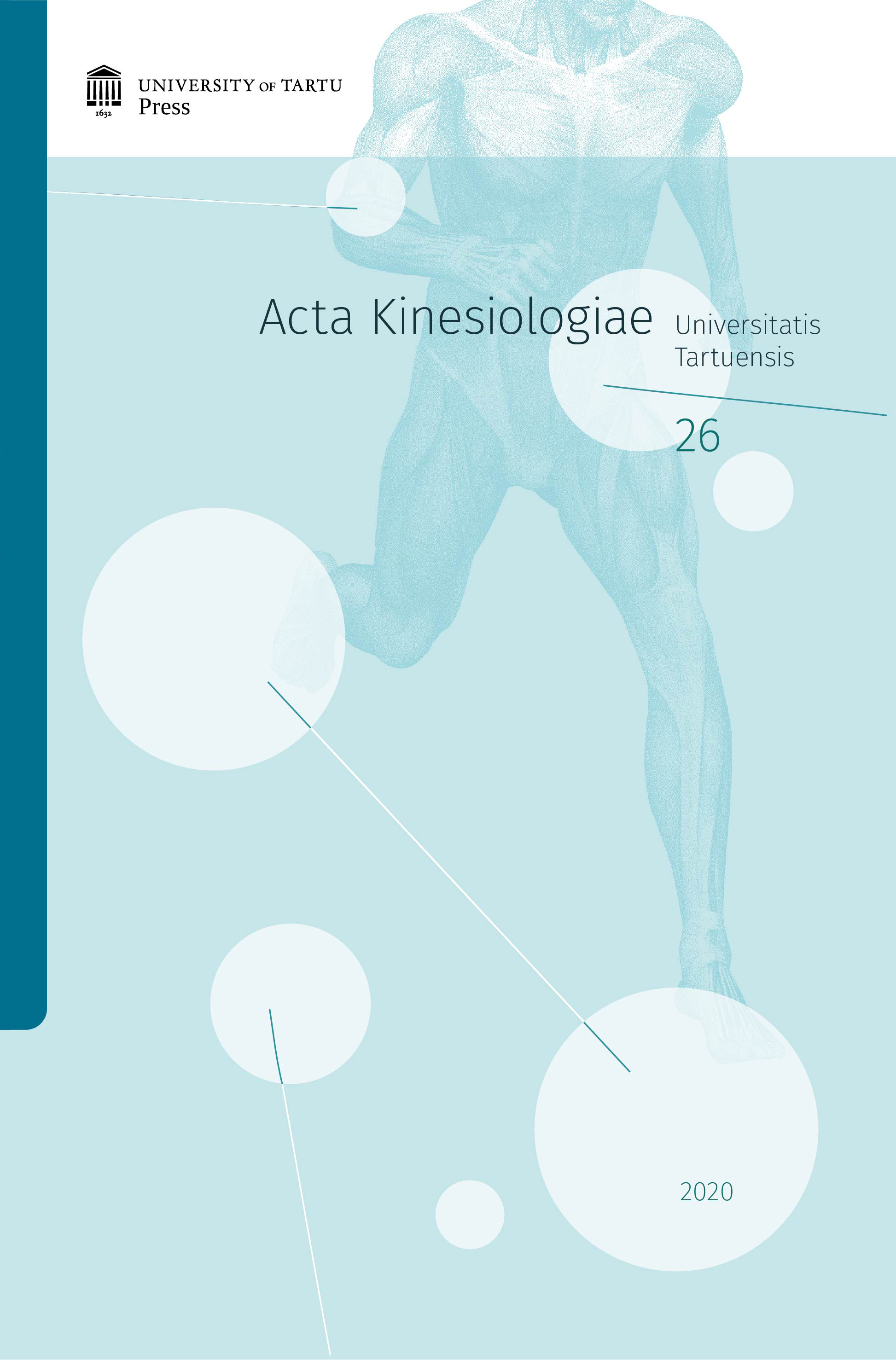Low-volume high-intensity interval training for children with obesity: a commentary
DOI:
https://doi.org/10.12697/akut.2020.26.01Keywords:
high-intensity interval training, body composition, cardiorespiratory fitness, blood biomarkers, childhood obesityAbstract
Obesity is the most common chronic disease in childhood, and is a risk factor for cardiovascular diseases (CVD) later in life. Being obese is inversely associated with physical activity and cardiorespiratory fitness (CRF) in children. Increased CRF may negate the detrimental effects of obesity-associated risk factors for CVD, while poor CRF has been associated with increased arterial stiffness and higher levels of blood inflammatory markers. The use of time efficient high-intensity interval training (HIIT) to reduce CVD risk factors and body mass, improve CRF and other health parameters has become popular during the last years in adults with obesity. However, a relatively few studies have investigated the effect of HIIT on body composition, CRF and cardiometabolic biomarkers in children with obesity. It is expected that low-volume HIIT programs are feasable for community-based body mass reduction and health promotion in children with obesity.


